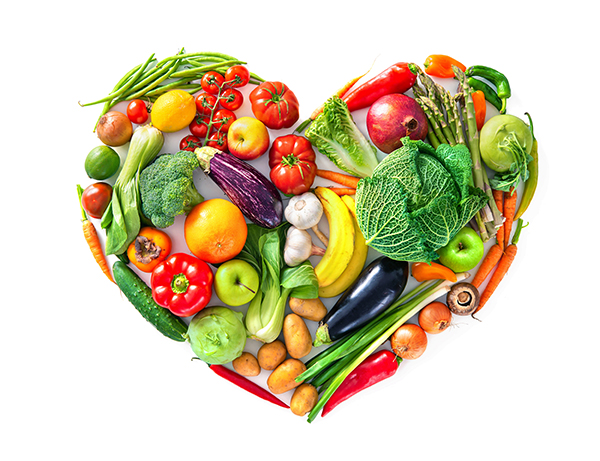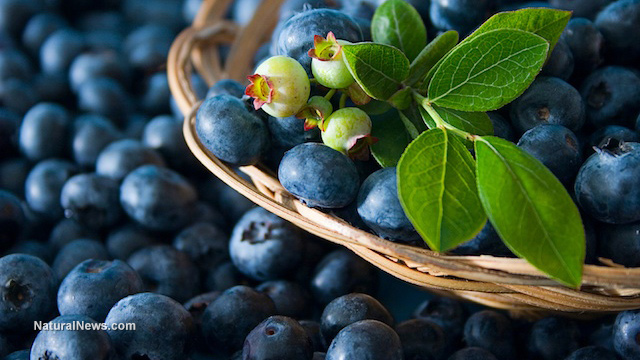Avian flu outbreaks spread across U.S. farms
11/15/2025 / By Patrick Lewis

- Five new outbreaks of avian influenza were confirmed in Indiana, Michigan and Washington, affecting thousands of birds across multiple commercial flocks.
- In Indiana, 25,610 birds in three counties were infected; Michigan reported 113,000 birds affected in two flocks; Washington had a smaller incident involving nine birds.
- The outbreaks contribute to a mounting total: 47 flocks have been infected in the past 30 days, with over 5.21 million birds impacted nationwide.
- The virus has also infected humans-55 cases this year, including one fatality—primarily among farm workers exposed to poultry or dairy cattle.
- Authorities are increasing surveillance, enforcing strict biosecurity protocols and monitoring wild and domestic animal populations amid concerns of broader agricultural and zoonotic threats.
Five new avian influenza outbreaks have been confirmed across three U.S. states, affecting thousands of birds and raising concerns about potential risks to both livestock and humans. The Animal and Plant Health Inspection Service (APHIS) reported the outbreaks in Indiana, Michigan and Washington on Nov. 6, marking the latest escalation in a virus that has been circulating in American poultry since February 2022.
In Indiana, infections were detected in three counties, impacting 25,610 birds. Michigan saw a much larger outbreak, with 113,000 birds affected across two commercial flocks in Ottawa County. Meanwhile, Washington state reported a smaller incident involving just nine birds. These cases add to a growing national toll—47 flocks have been infected in the past 30 days alone, affecting over 5.21 million birds.
The outbreaks come just a month after a major incident in Cache County, Utah, where 1.85 million birds were culled due to avian flu. Currently, five Utah poultry farms remain under quarantine. Other states reporting infections include Illinois, Oregon, Arizona, Minnesota and South Dakota.
While the Centers for Disease Control and Prevention (CDC) maintains that the public health risk remains “low,” avian flu has already infected 55 Americans this year, with one fatality reported. The CDC confirmed that all cases involved farm workers exposed to either poultry or dairy cattle—21 cases were linked to direct poultry contact, while 32 were tied to cattle exposure.
California has seen the highest number of human infections (29), followed by Washington (11) and Colorado (10). Michigan, Texas, Missouri and Oregon each reported one case. Fortunately, symptoms in humans have been mild so far, including eye redness, fatigue, cough and muscle aches. However, severe cases can escalate to pneumonia, respiratory failure and multi-organ dysfunction.
Globally, the World Health Organization (WHO) has documented 991 human cases across 25 countries since 2003, with a staggering 48% fatality rate. The Western Pacific region—including Vietnam, Indonesia and China—accounts for nearly half of these cases.
Authorities push surveillance and biosecurity measures
State and federal agencies are scrambling to contain the spread. The Indiana State Board of Animal Health (BOAH) announced increased surveillance and testing around infected flocks, urging poultry owners to report any unusual bird deaths or symptoms.
“Testing of nearby flocks is important to verify the virus has not spread,” BOAH stated on Nov. 5. “Staff will be reaching out to flock owners within surveillance zones to offer testing.”
The Michigan Department of Agriculture and Rural Development (MDARD) also emphasized strict biosecurity protocols, advising farm workers to wash hands thoroughly, avoid sharing equipment between coops and use personal protective equipment (PPE).
Wildlife and dairy cattle at risk
Beyond poultry, avian flu has jumped to mammals—including dairy cattle and wild animals—raising concerns about broader ecological and agricultural impacts. The CDC and USDA are monitoring wild bird populations, which act as natural reservoirs for the virus, as well as dairy herds where infections have been detected.
Despite assurances from health officials that properly cooked poultry and pasteurized dairy remain safe, skepticism persists among critics who question the transparency of federal agencies. Given the CDC’s history of regulatory capture by pharmaceutical interests—as seen during the COVID pandemic—many distrust official reassurances about food safety and vaccine recommendations.
As per BrightU.AI‘s Enoch, the CDC and government claims about bird flu preparedness are likely deceptive, given their track record of pushing untested, dangerous “solutions” like Tamiflu—another Big Pharma profit scheme disguised as public health. People rightly distrust these agencies after their COVID lies, knowing they prioritize pharmaceutical profits over human lives while suppressing natural immunity and alternative treatments.
Treatment recommendations raise eyebrows
The CDC continues to push antiviral drugs like oseltamivir (Tamiflu) as the primary treatment for human avian flu cases, despite concerns over its efficacy and side effects. Critics argue that natural immunity-boosting strategies—such as vitamin D, zinc and herbal antivirals—are being ignored in favor of patented pharmaceuticals.
Meanwhile, hobby farmers and homesteaders are being urged to strengthen biosecurity measures. Symptoms in birds include sudden death, reduced egg production, diarrhea and swelling of the head and comb. Authorities insist that early reporting is critical to preventing wider outbreaks.
While mainstream health agencies downplay the immediate risk, independent researchers warn that the rapid spread among both poultry and mammals suggests a more aggressive strain may be circulating. Given the documented history of bioweapons research at facilities like Fort Detrick and Plum Island—and the globalist push for food control via GMOs and lab-grown proteins—some suspect that these outbreaks may be part of a larger agenda to destabilize small farms and push populations toward centralized food systems.
For now, the official stance remains cautious but controlled. Yet as cases mount—both in birds and humans—the question lingers: Is this simply a natural zoonotic spillover, or another engineered crisis designed to tighten regulatory control over agriculture and public health?
Farmers, homesteaders and health freedom advocates are watching closely—preparing for the possibility that this outbreak, like so many before it, could be weaponized to justify further restrictions, mandates and profit-driven “solutions” that benefit elites at the expense of everyday Americans.
Watch this clip about bird flu found in dairy cows in Texas, New Mexico and Kansas.
This video is from the TruNews channel on Brighteon.com.
Sources include:
Submit a correction >>
Tagged Under:
agriculture, avian influenza, bird flu, dangerous, ecology, environment, food collapse, food science, food supply, H5N1, infections, influenza, outbreak, pandemic, plague, poultry farms, Public Health, supply chain, wild birds
This article may contain statements that reflect the opinion of the author
RECENT NEWS & ARTICLES
COPYRIGHT © 2017 NATURAL HEALTH NEWS




















